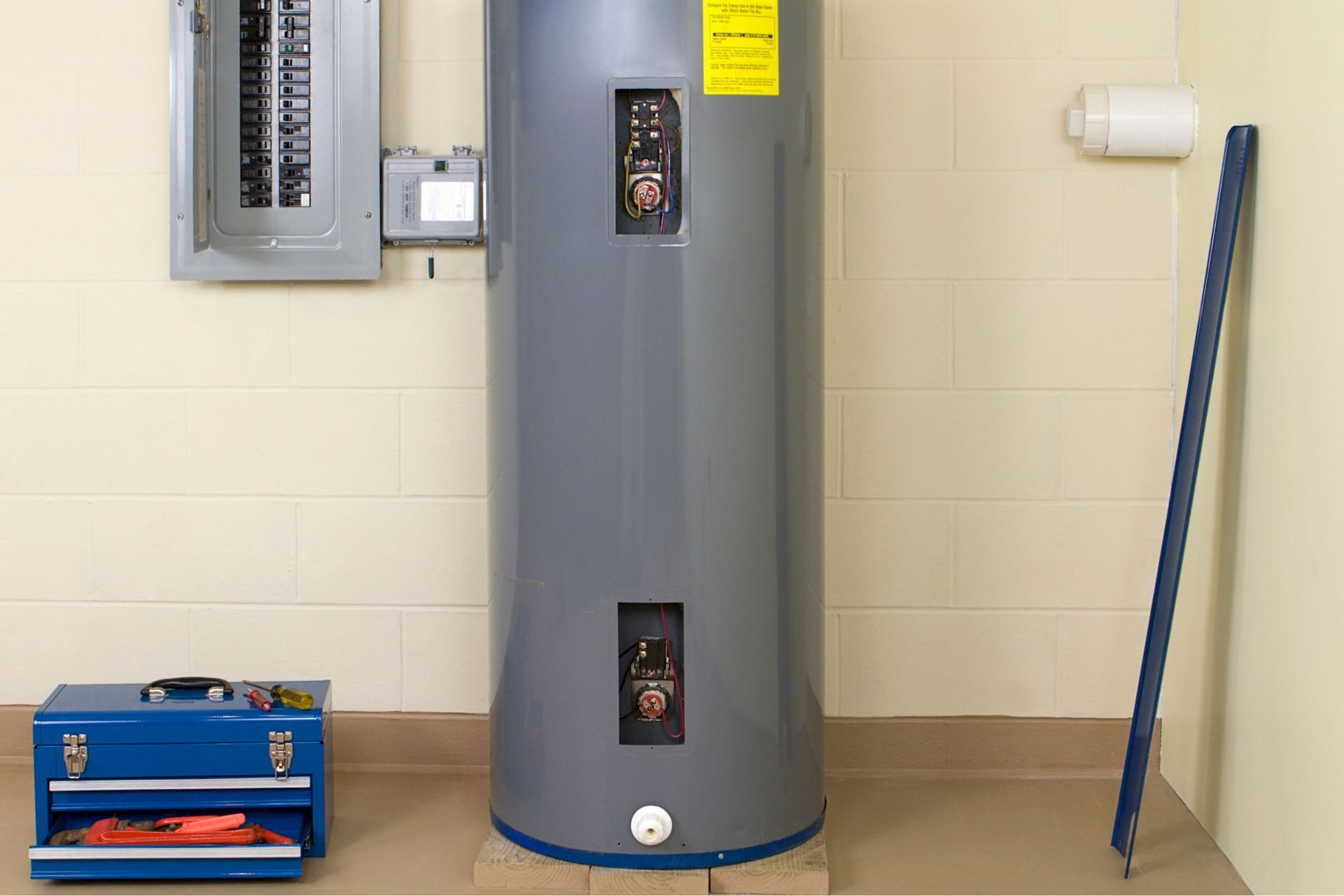Caring for Your Home's Hot Water System: Key Guidelines
Caring for Your Home's Hot Water System: Key Guidelines
Blog Article
Are you on the lookout for tips around How to Maintain Your Water Heater & Prolong its Life?

Hot water is important for day-to-day comfort, whether it's for a revitalizing shower or washing meals. To ensure your warm water system runs effectively and lasts longer, normal maintenance is key. This article supplies useful tips and understandings on exactly how to maintain your home's warm water system to avoid disturbances and expensive repairs.
Introduction
Keeping your home's hot water system could seem difficult, yet with a couple of simple actions, you can guarantee it runs smoothly for many years to find. This overview covers everything from comprehending your warm water system to DIY maintenance ideas and knowing when to contact expert aid.
Importance of Preserving Your Hot Water System
Routine upkeep not only extends the lifespan of your hot water system yet also guarantees it operates effectively. Disregarding maintenance can bring about lowered performance, higher energy expenses, and also early failing of the system.
Signs Your Hot Water System Requirements Upkeep
Understanding when your warm water system requires focus can prevent major problems. Watch out for indicators such as irregular water temperature level, strange noises from the heating unit, or rustic water.
Comprehending Your Warm Water System
Prior to diving right into upkeep jobs, it's helpful to understand the fundamental elements of your hot water system. Normally, this consists of the water heater itself, pipes, anode poles, and temperature level controls.
Monthly Maintenance Tasks
Routine month-to-month checks can help catch minor problems prior to they intensify.
Purging the Hot Water Heater
Purging your hot water heater eliminates sediment accumulation, enhancing efficiency and prolonging its life.
Monitoring and Changing Anode Rods
Anode poles protect against deterioration inside the container. Checking and replacing them when worn out is essential.
Evaluating and Readjusting Temperature Level Setups
Changing the temperature settings ensures optimal efficiency and safety and security.
Do It Yourself Tips for Upkeep
You can carry out several maintenance jobs on your own to maintain your hot water system in top condition.
Looking for Leakages
Consistently examine pipes and connections for leakages, as these can cause water damage and higher costs.
Examining Pressure Relief Valves
Examining the stress relief valve ensures it operates correctly and prevents excessive stress build-up.
Shielding Pipelines
Protecting hot water pipes decreases heat loss and can save power.
When to Call a Specialist
While do it yourself upkeep is useful, some issues call for specialist experience.
Complicated Issues Requiring Specialist Aid
Instances include major leakages, electric troubles, or if your hot water heater is constantly underperforming.
Routine Professional Upkeep Perks
Specialist upkeep can include comprehensive examinations, tune-ups, and making sure compliance with security criteria.
Final thought
Regular maintenance of your home's warm water system is necessary for effectiveness, longevity, and price savings. By following these pointers and understanding when to seek specialist assistance, you can guarantee a trusted supply of hot water without unanticipated interruptions.
Water Heater Maintenance Tips
Test the TPR Valve
Shut off the power and the cold-water supply valve. Place a bucket under the pipe connected to the temperature-pressure-release (TPR) valve on the top or side of the tank. (This valve opens if the tank pressure gets too high.) Lift the valve’s tab to let some water out, then let go. If water keeps flowing, drain the tank partway, unscrew the old valve with a pipe wrench, and install a new one. Check the Anode Rod
Put a hose to the tank’s drain cock and let out a few gallons of water. Now fit a 1 1/16-inch socket onto the rod’s hex head on top of the heater (or under its top plate) and unscrew the rod. If it’s less than ½ inch thick or coated with calcium, buy a new one, wrap its threads with Teflon tape, put it back in the tank, and tighten securely. Use this segmented rod if headroom above the tank is limited. Drain the Tank and Wash Out Sediment
Drain the remaining water in the tank into the bucket, then stir up the sediment on the tank’s bottom by briefly opening the cold-water supply valve. Drain and repeat until clean water comes out of the hose. Close the drain cock, refill the tank, and turn its power back on. Adjust the Temperature
Find the temperature dial on the side of the tank and unscrew its cover. Adjust the dial to 120 degrees using a flathead screwdriver. For every 10 degrees the temperature is lowered, you can expect to save up to 5 percent in energy costs. Turn the water heater off or the thermostat down to its lowest setting if you plan to be away from home for more than three days. Insulate the Pipes
Buy some self-sticking 3/8-inch-thick foam pipe insulation that matches the pipes’ diameter. Slide the foam over the hot-and cold-water pipes as far as you can reach. Insulating the cold-water pipe prevents condensation in summer. Peel the tape and squeeze the insulation closed. If the pipe is 6 inches or less from the flue, cover it with 1-inch-thick unfaced fiberglass pipe wrap. https://www.thisoldhouse.com/plumbing/21016402/how-to-maintain-a-water-heater

As a keen person who reads about How to Maintain Your Water Heater & Prolong its Life, I was thinking sharing that article was beneficial. Are you aware of another individual who is interested by the subject? Be sure promote it. Thanks for your time. Return soon.
Free Quote Report this page